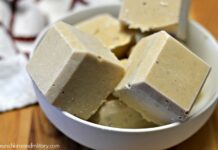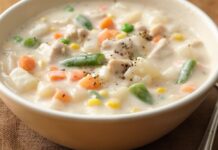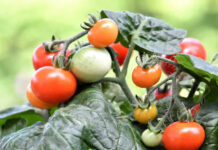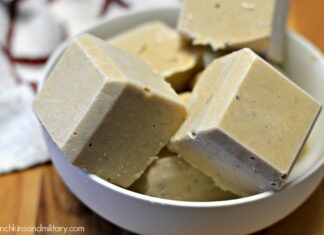By examining the world of homemade cat food and how to safely prepare it in the convenience of your kitchen, this essay aims to provide an answer to that issue.
Consult your veterinarian to learn about any health issues or food limitations your cat may have before beginning that task. After all, you’re thinking about this move because you’re worried about your cat’s health.
Healthy Homemade Cat Treats

Key Points
| 1 | Discover what human foods cats can’t eat to avoid mistakenly using them in recipes. |
| 2 | Carefully handle meat, fish, and vegetables and practice good hygiene to avoid food-borne germs. |
| 3 | Before making any adjustments to your cat’s food, you should first discuss them with your veterinarian. |
| 4 | Cooked homemade cat food is safer than raw and less likely to make your cat sick. |
| 5 | When preparing meals for your cat, you should keep in mind any specific dietary requirements they may have. |
Now, let’s go over the 9 tips to safely prepare healthy homemade cat treats.
Watch out for toxic ingredients
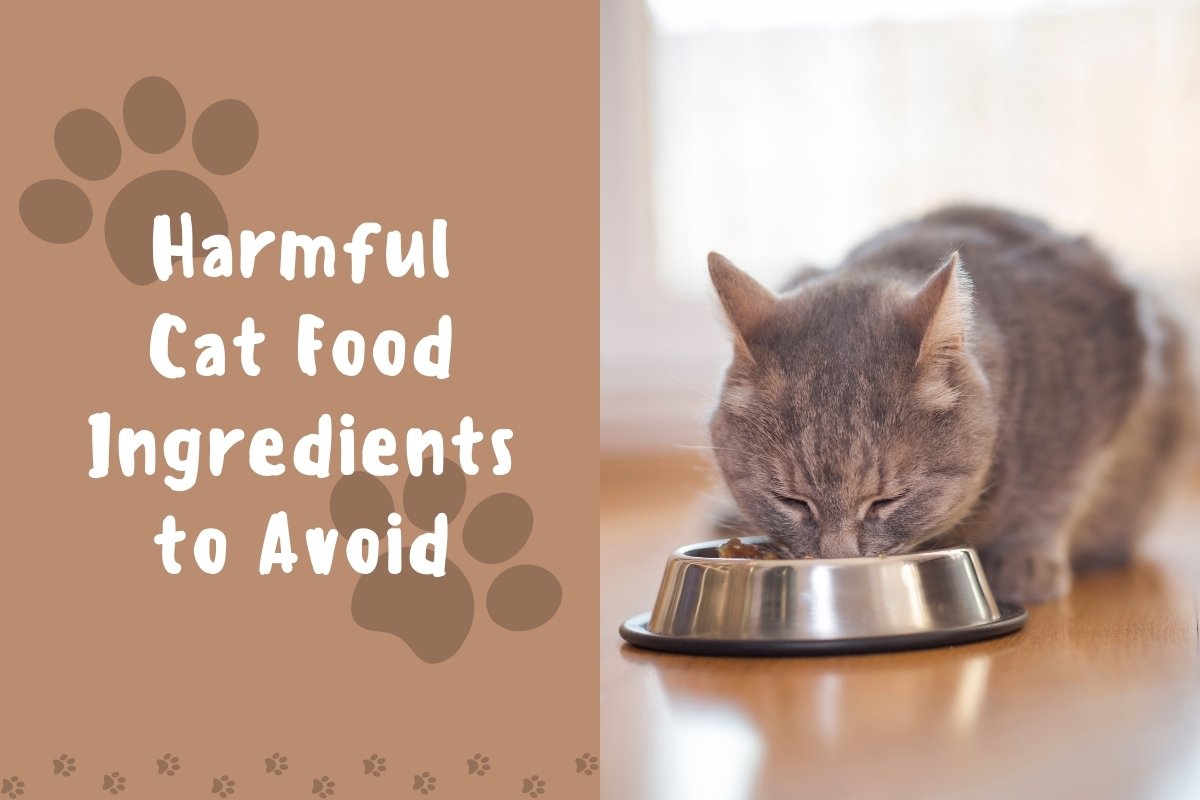
The following components, some of which are highly prevalent in human cuisine, can cause sensitivity in cats:
- Garlic, chives, and other plants in the Alium family, as well as onions
- Tomatoes
- Raisins or grapes
- Other artificial sweeteners, such as Xylitol
- Whatever nuts you want
- Cheap commercial cat food frequently contains fillers like maize or wheat.
Balanced Healthy Recipes
Cats are obligate carnivores, which implies that meat is the only food source for them. Plant-based foods cannot be adequately digested by them.
Fish and chicken are healthy cat food proteins. They’re easily digestible and don’t cause intestinal irritation like beef or pork.
Use high-fiber carbs to avoid diarrhea, bloating, and vomiting. In your recipe, add a little cooked pumpkin instead of wheat or corn flour.
Ask your vet or pet nutritionist how much of an ingredient to use in homemade cat food.
California veterinarian Dr. Lisa A. Pierson “strong preference to offer a food that is a safe balance between raw and cooked.” She adds taurine, fish oil, vitamin E, and B-complex vitamins to meat, bones, skin, and liver.
Balancing is crucial. To give your cat a variety of nutrients, serve varied recipes. Variety reduces vitamin deficits and keeps their meals interesting.
Methods of Cooking
Boil meat and fish thoroughly to kill bacteria and parasites that could hurt your cat. Steam vegetables to preserve nutrients.
Grind or chop things to improve taste and texture, especially if your cat likes a finer consistency. Blending or pureeing gives a smooth texture cats like.
Pets like food with greater moisture and firmness when broth or water is added.
Homemade cat food should be handled safely. Always wash your hands and utensils before and after handling raw foods. Employ separate cutting boards for raw and cooked foods to avoid cross-contamination.
For freshness and bacterial prevention, store leftovers in proper containers.
Dietary Limits
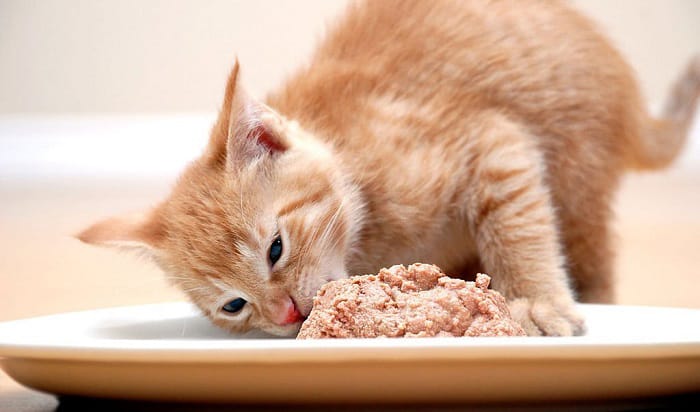
Use grain-free dishes with sweet potatoes or lentils for cats with allergies. Pancreatitis and other low-fat diets require lean protein sources with few fats.
Cats with digestive difficulties benefit from high-fiber recipes because they provide roughage for digestion.
Discuss dietary limitations with your vet to find cat food and treats. Use their experience to adjust recipes and employ safe, cat-friendly ingredients.
Individual influences include age, health, and diet. Seniors need a different diet than kittens or adults. The same applies to pregnant cats.
Certain foods may cause food allergies in pets. Dr. Amy Sawy advised cats with hyperthyroidism to eat high-protein, low-carb, phosphate, and iodine diets in July 2023.
Food Safety
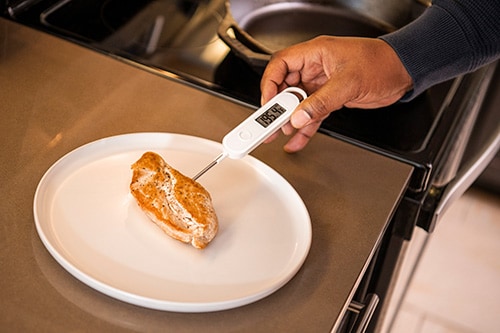
Wash your hands before and after handling ingredients with soap and water. Clean all utensils and equipment to prevent raw-cooked ingredient contamination. Use separate cutting boards for meat, fish, and vegetables to avoid bacteria.
To prevent bacterial growth, refrigerate or freeze homemade cat food immediately. Divide food into easily thawed portions.
Keep cat food fresh in airtight containers or zip bags.
Raw diets are riskier than cooked homemade cat food because they contain antibiotic-resistant microorganisms.
Dr. Cailin R. Heinze, Tufts University Clinical Nutrition Service co-founder, says “many pet owners are still unaware of human health risks from raw pet foods”.
The CDC warns that raw and undercooked meat and poultry can carry salmonella, E. coli, Yersinia pestis, Campylobacter, and Clostridium perfringers.
The safety of homemade cat food depends on factors such as the age of the main protein sources used, how the ingredients are handled, and how long they are cooked for.
Quality Ingredients
Cats should eat a range of healthy fruits and vegetables. For vitamins and minerals, carrots, peas, pumpkin, and spinach are great.
Avoid harmful condiments and sauces.
Choose organic foods if your budget permits to reduce pesticide exposure and boost nutrients.
Iron, taurine, choline, vitamin E, and thiamine are the most frequent dietary deficits in cats. This should be considered while making cat food at home.
Consult Your Vet
They have the experience to help you satisfy your cat’s dietary demands. Your vet can also recommend a recipe and quantity amounts for your cat.
Vaccinations and checkups should be done once a year for cats, but as they become older, they may need to see a doctor twice or even three times.
Most cats acquire renal illness in old age, requiring diet adjustments.
Changing Cat Food to Homemade
The ideal method to make the change is to replace five to ten percent of the old diet with the new foods each day.
This will prevent your cat from being surprised when they start eating a totally new kind of food, both in terms of flavor and the effects this new diet has on their body.
Fresh or prepared commercial cat food
Finding the highest-quality cat food on the market is a good objective even when feeding your cat homemade food isn’t always a possibility. Via cat diet subscriptions, frozen fresh cat food may be delivered to your home.
Foods should not include artificial colors or preservatives, and fiber from organic foods is preferred. For cats with dietary allergies, novel proteins including venison, alligator, elk, and others are advised.
10 Tips for First Time Cat Owners
Conclusion: Include Your Cat and Your Kitchen

You may provide your cat a nutritious diet by utilizing balanced recipes, safe cooking methods, taking into account dietary limitations, guaranteeing food safety, using high-quality products, and contacting your veterinarian.
Although making cat food at home has advantages, it must be done carefully and with expert assistance. You may take satisfaction in feeding your feline buddy nutritious meals that improve their general health and happiness by being diligent and cautious.


